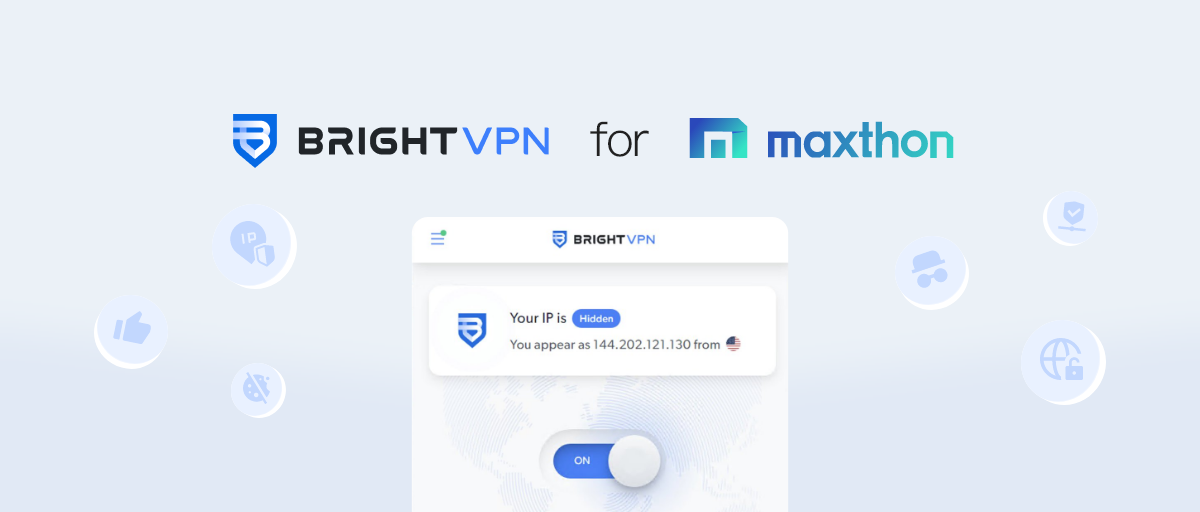Digital footprint is any private information about you that is available publicity such as name, locations, birthdate and family information. This information can land in the hands of organisations or individuals with dangerous motives.
How to know your Digital Footprint?
Cybersecurity experts and academics are warning the dangers of keeping these information available online and many individuals are looking for ways to minimise their Digital Footprint online. This desire is also growing due to frequent reports of excessive government surveillance in many countries.

Anonymity and its challenges
Anonymity, like security, has many layers. The connection to the internet is just one part of it. Your IP address can reveal your identity, but there are ways to hide it. Observers have found other ways to uncover anonymity.
These methods involve different levels of technology, and some are not related to technology at all. Our footprints include temporary and cache files, IP address leakage, DNS and WebRTC queries, traffic correlation, browser fingerprinting, accidental clearnet leakage, and stylometry.
Operating systems can only defend against stylometric analysis. Drexel University has published tools to analyse and obfuscate your writing. The other problems have technical solutions summarised in the chart below. There are many options available, but I have limited the selection
Web browsers store many files, like images and pages, to make future visits faster. They also store data like cookies for authentication and preferences. This data can reveal the sites you’ve visited if it’s left on your computer.
Managing digital footprint on browsers – Maxthon
As long as you are utilising digital platforms, there will bound to be digital footprints left online. Some organisations use the information to create personalised advertisements or experiences for each individuals, so in order to continue to collect your digital footprint, some browsers, though give individuals the option to opt out of data collection, make it tedious to opt out.
Maxthon is a private browser that puts user’s privacy as its priority. To enable this, Maxthon team makes it easy for users to delete their digital footprints from the browser interface.
Option #1: Managing existing digital footprint
To erase your online footprint using the Maxthon browser, start by clearing your browsing history and cookies. Access the browser settings and click on the option to clear browsing data. Check the boxes next to Browsing history, Cookies, and other site data, then click on Clear data to remove this information from your browser.
Option #2: Incognito mode
Next, consider using the private or incognito mode when browsing the web. This will prevent Maxthon from storing your browsing history, cookies, or temporary files.

Erasing your online footprint is crucial for maintaining privacy and security when using the internet. One way to do this is by regularly clearing your browsing history, cookies, and cache. The Maxthon browser offers a feature that allows users to erase their online activity and data easily. By going to the settings menu, users can find the option to clear their browsing history, cookies, and other online activity traces. This ensures that no one else can access or track their internet usage. Maxthon provides built-in features for private browsing and tracking protection to enhance online privacy further.

By utilising this feature, individuals can rest assured that their online activities are not accessible to anyone else. This means sensitive information, such as login credentials or browsing patterns, remains private. Additionally, clearing these records also helps prevent tracking by third-party entities.
This level of control over personal data provides users with an added layer of security. With just a few simple clicks within the Maxthon browser settings, individuals can effectively protect their digital footprint from being traced or accessed by unauthorised parties. With this, users can control and safeguard their online presence and information actively. By regularly clearing their browsing history and other activity traces, individuals enhance their privacy while using the internet through the Maxthon browser.
Furthermore, the Maxthon browser allows users to manage their search history, autofill data, and site permissions for added control over their online information. By taking advantage of these features, users can feel more confident in their online privacy and reduce the risk of unauthorised access to their data.
By accessing the settings menu, users can quickly find the option to clear their browsing history, cookies, and other online activity traces. This ensures that no one else can access or track their internet usage. Additionally, the browser offers a secure and private browsing experience by allowing users to erase sensitive data with just a few clicks.
This feature is handy for individuals who value their privacy and want to control their online footprint. With Maxthon’s easy-to-use interface, users can regularly clear their browsing data without hassle. This capability provides peace of mind for those concerned about unauthorised access to their online activities.
Overall, Maxthon’s browsing management feature empowers users to maintain a clean digital trail while safeguarding their privacy on the internet. Its simple yet effective design makes it a valuable tool for anyone seeking greater control over their online presence.

In addition, use a VPN (Virtual Private Network) while browsing to mask your IP address and protect your online privacy. This will make it harder for websites to track your activities.
Furthermore, regularly update the Maxthon browser to ensure you have the latest security features and patches for potential vulnerabilities.
Lastly, be cautious about the websites you visit and the information you share online to minimise your digital footprint. Following these steps, you can effectively manage and reduce your online presence through the Maxthon browser.
Manage search settings and preferences in Maxthon Browser
The Maxthon browser allows users to manage their search settings and preferences. This includes controlling how their IP address is shared while browsing the internet. When users initiate an internet request using the Maxthon browser, their IP address is included in the data sent to the recipient server.
This is necessary for the server to know where to send its response. However, Maxthon provides options for users to modify or hide their IP address as they see fit. Maxthon enhances privacy and security for individuals navigating the web by giving users control over their IP address leakage. This feature can also help prevent unauthorised tracking and monitoring of online activities.
The Maxthon browser allows users to manage their search and browsing history within its settings easily. It offers a feature that enables users to review and clear their DNS and WebRTC queries, providing transparency and control over their online activities. By accessing the Maxthon browser’s settings, users can view a list of recent DNS queries made by their computer when connecting to websites.
The browser allows users to review and manage their WebRTC queries, which are used for real-time communication over the Internet. This feature gives users insight into the IP addresses their computer has communicated with during web sessions. Through effectively managing these queries, users can enhance their privacy and security while browsing the internet using the Maxthon browser.
